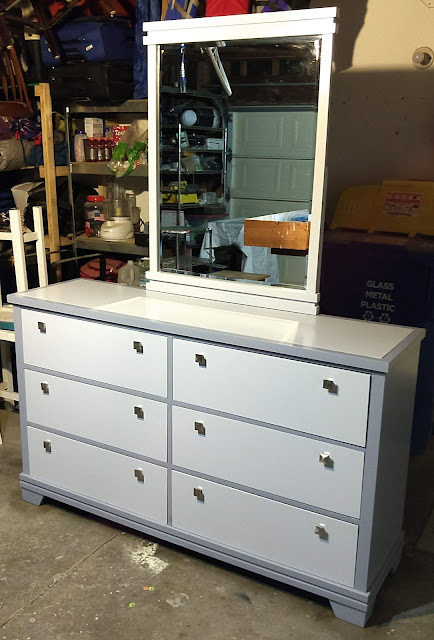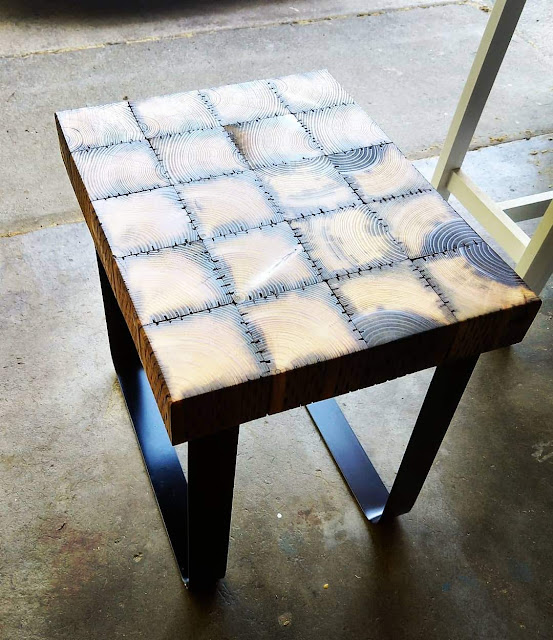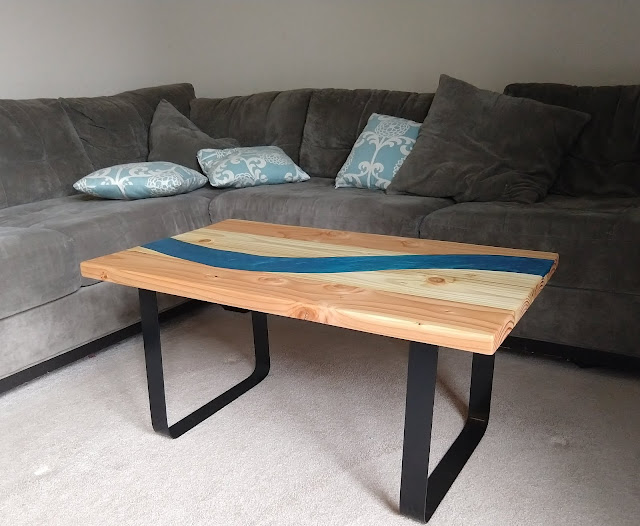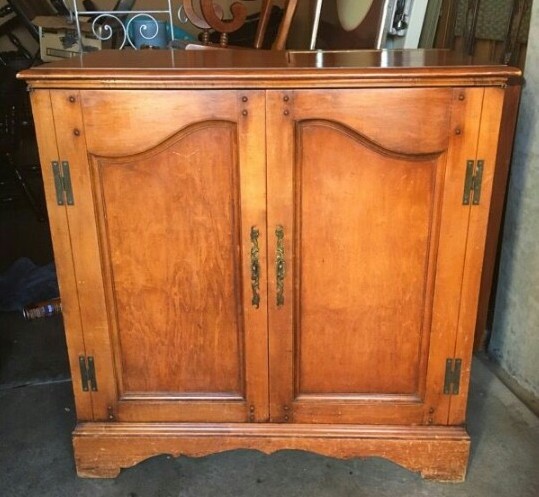How to restore an old cutting board
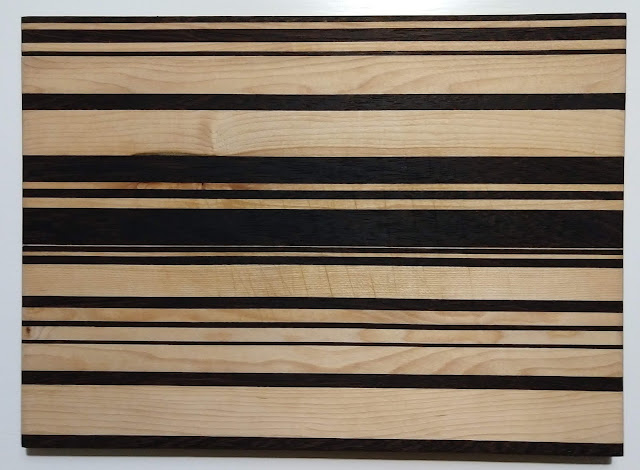
A couple years ago my wife and I bought a beautiful handmade cutting board at an artisan shop in Grass Valley, CA. We were extremely careful with the cutting board, and used it more like a serving board. Unfortunately the first time we washed it with soapy water, the surface took on a rough, uneven feel. It was such a bummer that it seemed impossible to keep the board looking and feeling like when we first bought it. After that we started cutting on it, since it lost its original appeal. Now that I've made quite a few cutting boards myself, I realize what had happened, and I can share a neat little trick to get your wooden cutting boards looking brand new again. Maybe even better than when you bought them ;-P A lesser known step when making cutting boards is vital to getting a long-lasting finished product. After sanding to 180-220 grit, you need to get the entire board's surface damp. This causes the wood grain to raise, and the board will feel rough to the touch. Let
